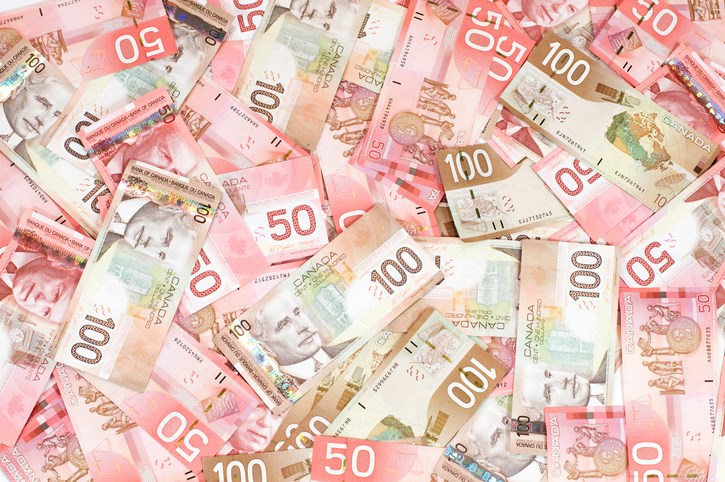It feels odd to explain this basic principle, but apparently it’s not obvious to everyone: bonuses and pay raises are for doing a good job.
While the Bank of Canada was sowing the seeds of today’s high inflation during the early days of the pandemic, it was also padding its employees’ pockets with bonuses and pay raises.
The Bank of Canada handed out $45 million in bonuses and pay raises in 2020 and 2021, according to documents obtained by the Canadian Taxpayers Federation through access to information requests.
The pay raises work out to about $3,000 for each employee that received a raise each year. The bonuses worked out to about $10,000 per year for each employee that received a bonus.
Not a single employee received a pay cut during the pandemic.
A federal Crown corporation shouldn’t be handing out pay raises and bonuses in 2020 while their neighbours working in the private sector suffered through pay cuts and lost their job.
But here’s the frustrating part: the Bank of Canada has one overarching objective. That’s to keep inflation around two per cent. And it failed. If you’ve been to the grocery store in the past year, you know the Bank of Canada didn’t do that job.
In 2021, year-over-year consumer prices increased by more than three per cent for nine consecutive months. But central bankers still took pay raises and bonuses.
Canada’s central bankers can’t shrug this inflation off as a global phenomenon. While prices are going up around the globe, “Canada’s inflation rate is among the very highest of any industrialized country,” according to the Fraser Institute.
The International Monetary Fund provides data for 35 industrialized countries. Only three had higher inflation rates than Canada in 2021.
Not only did the Bank of Canada fail to do its job, there’s strong evidence that the central bank’s money printing exacerbated today’s inflation.
Since February 2020, the Bank of Canada printed more than $300 billion out of thin air by purchasing financial assets such as government debt. The more dollars the central bank prints, the less your dollars buy.
And today’s dollars aren’t buying nearly as much as they were last year. Canadians are now paying an extra 8.1 per cent at the till, according to Statistics Canada. That’s a far cry from the 1.8 per cent inflation in Hong Kong, the 2.4 per cent inflation in Japan or the 3.4 per cent inflation in Switzerland.
Bank of Canada Governor Tiff Macklem did admit they “got some things wrong.” But what did he get right?
In November 2020, Macklem told the federal finance committee that “inflation is projected to remain less than two per cent into 2023.” Macklem also told the committee the central bank expects to keep its interest rate at its “effective lower bound” into 2023.
Now Canadians are suffering through the highest inflation since 1983 and the Bank of Canada just issued the largest one-time interest rate hike since August 1998.
No wonder the deputy governor acknowledged that “we haven’t managed to keep inflation at our target” and that Canada’s central bankers “should be held accountable.”
But handing out millions in bonuses and pay raises is an odd way to hold your organization accountable. And it raises a serious question. The Bank of Canada says it gives bonuses for “successfully meeting or exceeding expectations.” So why are they getting millions in bonuses when they admit that they failed to hit inflation targets?
With the Bank of Canada giving out bonuses like participation trophies, it’s up to politicians to pressure the central bank to do a better job keeping past bonuses transitory than it did trying to keep inflation transitory.
Franco Terrazzano is the Federal Director of the Canadian Taxpayers Federation




